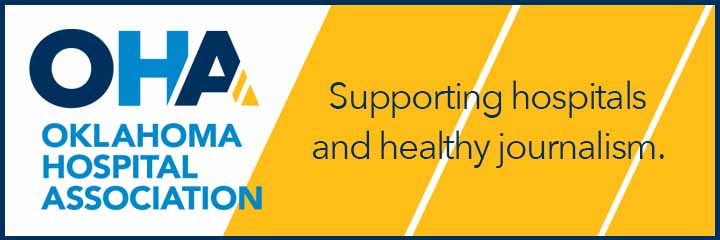It sounds weird, but some school reformers keep denying that teachers are fleeing the classroom. Even stranger, Oklahoma is cited as a place where everybody and their dogs agree that there is a growing teacher shortage, but where all types of stakeholders must be suffering from a mass hallucination. In fact, the Hechinger Report cites central Oklahoma as a place that proves the claims of a shortage are “overblown.” The report argues that central Oklahoma will face an excess of teachers next year, which helps prove that test-driven, competition-driven reform is not driving teachers out of the public schools.
Cue befuddled head scratching.
To understand why even reliable reporters like Hechinger’s Jill Barshay question whether an exodus of teachers is occurring, some historical background is necessary.
As education historian Jal Mehta explains, teaching has always been disrespected as a “semi-profession.” Throughout the 20th century, noneducators have repeatedly imposed test-driven accountability on schools. Even though those experiments have consistently failed, new waves of top-down reform are continually imposed. To admit that educators are leaving the profession at even faster rates is to acknowledge the failure of today’s competition-driven reform.
Since the No Child Left Behind Act of 2001, the test, sort, reward and punish school of reform has driven much of the joy of teaching from our classrooms. For instance, a recent Center for Education Progress survey found that 81 percent of teachers believe we have too much testing. Worse, 49 percent of surveyed teachers also say they’d leave teaching “as soon as possible” if they could find a higher-paying job; another 42 percent agreed with the statement, “I think about staying home from school because I am just too tired to go.”
These outcomes are especially embarrassing to the Gates Foundation and other corporate reformers who used high-stakes testing and top-down micromanaging to drive their “teacher quality” movement. Naively believing that better instruction would be the silver bullet for overcoming legacies of segregation and generational poverty, they deputized teachers as the agents for achieving educational and economic success. The teacher-quality movement was founded on the hypothesis that incentives and disincentives would create a smarter, more hardworking and more caring profession. But as a result, the mode (or the common number) of teachers dropped from having 15 years of experience to one year.
The process of staffing schools with previously unbelievable percentages of rookies may be the single biggest reason why the tens of billions of dollars in corporate reforms drove down student performance. These doomed experiments also dumped unbearable amounts of stress on teachers, who were blamed for derailing the reformers’ beautiful theories. It got so bad that the phrase “war on teachers” became common for the key component of bubble-in reforms.
And that brings us back to the Hechinger Report’s coverage of reform revisionism. She writes:
One August 2015 headline declared “Crisis Hits Oklahoma Classrooms…” But a September 2015 report by the American Institutes for Research (AIR), a nonprofit research firm, found that demand was outstripping supply by less than 1 percent throughout the state. Shortages were found in only three regions of Oklahoma; in the central part of the state, the researchers predicted a surplus of teachers next year.
OK, Barshay and AIR may not be aware of the Oklahoma City Public School System’s huge investment in recruiting teachers from Spain and Puerto Rico. They also may not know of the huge budgetary crisis (Oklahoma has temporarily stalled some of our teacher shortage by eliminating jobs). But, what evidence does the rest of the AIR find, and how exactly do those distant researchers explain their conclusions?
AIR finds that the number of traditional educator-preparation program completers in Oklahoma is dropping, while the number of educators with nonstandard certifications is increasing.
“If this trend continues,” AIR projects a “further decline of 22 percent between 2013-14 and 2018-19.” So, many regions are likely experiencing a shortfall in staff, as the number of students is increasing. The result has been student-teacher ratios “growing on average about 8.1 percent.”
The AIR study finds “educators actively employed in a given year has decreased 2 percent from FY2009–10 to FY2014–15.” It also projects that “educator shortages are likely to grow for many regions of the state and for many primary positions,” and, “Oklahoma faces competition for educators both internally from the non-education employment sector and externally from other states in the region.”
This should be no surprise because, in Oklahoma, “teachers make substantially less on average than workers with similar characteristics that hold other occupations, while at the same time the average salaries of educators are higher in neighboring states.”
AIR concludes, “It seems clear that shortages in the supply of educators will continue to be a problem in Oklahoma during the next five years unless steps are taken to address this issue.”
So, is the evidence in the AIR report supportive of the recent spin that dismisses the teacher shortage as a crisis? Does it add credence to the theory that accountability, Common Core, rewards and punishments can attract the best and brightest to teaching, and that their heroic, individual efforts can turn the education sector around? Or, does it support the words of State Superintendent Joy Hofmeister who summed up the situation by saying, “You can have the highest standards in the world, but if you don’t have the teachers to teach them, what good are they?”






















